Weekly birding round-up: 28 Feb - 6 Mar
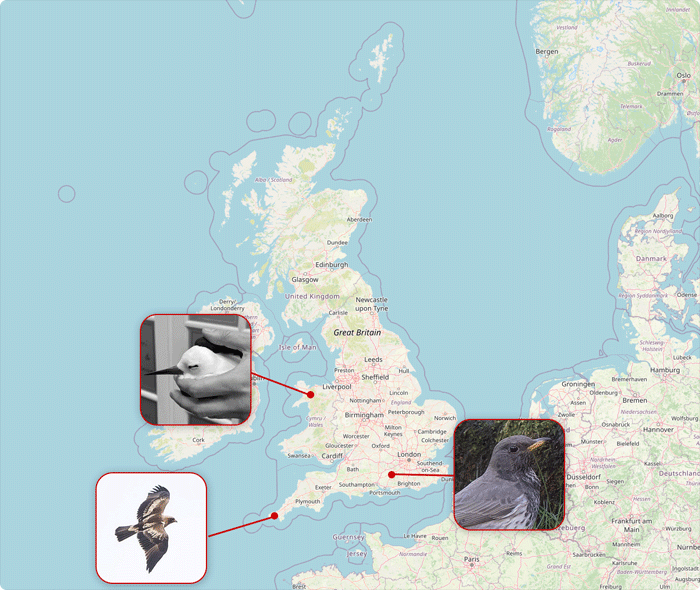
On the whole, the week just gone lacked the fireworks of the preceding week – but then again, at this time of year a first for Britain, let alone one from so far away, was the very last thing on our minds. The early vanguard of spring migration continued to filter in, with mounting numbers of Sand Martin and Northern Wheatear being reported, but the real action remains tantalisingly out of reach for now, albeit drawing ever nearer. Any moment now it will all be kicking off… but for now, what of the week just gone?
It seems we spoke a little soon where the pale morph Booted Eagle in Cornwall was concerned – after a week of wandering and sporadic sightings in the county, in the week just gone it settled back down into something approaching a routine in the Marazion Marsh RSPB and Crowlas area of the county, being seen in recent days there on 28th-6th.
There was, if we’re honest, a certain dreadful predictability about how the story of the Indo-Pacific White Tern picked up at the end of last week at Llanberis (Gwynedd) was going to end. An extralimital seabird found in an exhausted condition so far from where it should be was always likely to be at the very end of its tether, and unlikely to recover to full health no matter how superlative the care administered to it.
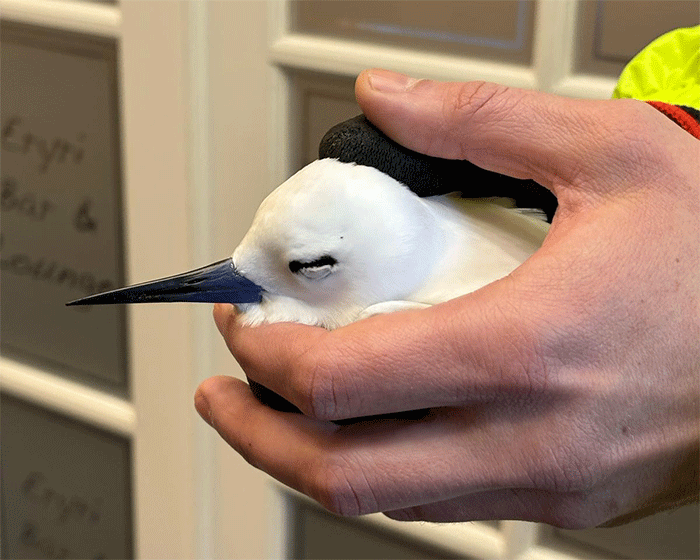
And so, this week, came the sad news on 3rd that the bird had died in care, rendering a statement on 1st that there were no plans to make any release details public fairly moot.
Divers of the rarer kind open our weekly seabird account once more, starting with the adult Pacific Diver still sitting pretty off Crookhaven (Co.Cork) on 1st-4th.
A final February White-billed Diver was seen from the ferry off Out Skerries (Shetland) on 28th, and another off Pease Bay (Borders) on 2nd.
Finally, in a quiet week for seabirds of all kinds, a Little Auk was reported on the sea off Greystones (Co.Wicklow) on 1st.
Our long-legged beasties begin with a timely reminder that spring is on the way and, with it, an elevated possibility of some over-shooting scarce heron action – a Night Heron was seen in a Carew (Pembrokeshire) garden on 4th.
Where our stalwart Glossy Ibis were concerned, it was a little busier this past week than of late, with perhaps as many as 20 birds around Britain and Ireland as a whole. Peak count came from Titchfield Haven NNR (Hampshire), where the usual trio were surpassed by a tally of four birds present on 3rd; while duos were seen at Deeping Lakes LWT (Lincolnshire) still on 28th-4th, Ham Wall RSPB (Somerset) still on 28th-6th, Lady’s Island Lake (Co.Wexford) still on 2nd-5th, at Girton Pits (Nottinghamshire) on 2nd-5th and Langford Lowfields RSPB on 6th, and at Peakirk (Cambridgeshire) on 5th.
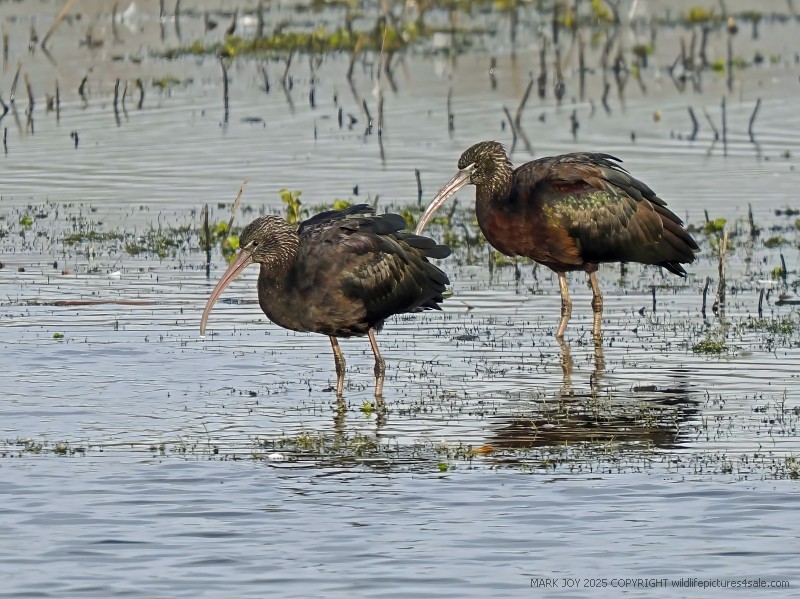
To the honkers and quackers next, where all manner of exotica of unknown origin was being reported this week. And that’s not even beginning on the White-tailed Eagle bottomless buffet that’s otherwise known as the Swedish Lesser White-fronted Goose reintroduction scheme...
First things first, we’ll get to grips with The Goose Formerly Known As Canada - an interior Todd’s Canada Goose was present at Banks Marsh NNR (Lancashire & North Merseyside) on 2nd, with a probable seen on 5th at Upper Thurnham. A hutchinsii Richardson’s Cackling Goose remained on Islay (Argyll & Bute) on 5th.
In Shetland the Ross’s Goose remained near Toft on Mainland on 28th-2nd, while in Ayrshire one was again seen near Galston on 2nd.
Snow Geese this week were seen in Scotland on Orkney at Loch of Tankerness still on 1st and 6th, and at Montrose (Angus) on 3rd-6th.
On Islay (Argyll & Bute) the Red-breasted Goose was still present on 1st.
A Black Brant was still in Pyefleet Channel (Essex) on 28th, while another was again at Easington (East Yorkshire) on 6th. A possible Grey-bellied Brant was once again at Sandymount (Co.Dublin) on 6th also.
Ducks next, and let’s get straight to the crispy unknown origin meat in the pancake – a Marbled Duck was seen, off and on, at Longdon Marsh (Worcestershire) on 2nd-3rd, and again on 5th, having been seen initially there on 25th…
…while a Wood Duck was reported on the River Plym in Devon at Saltram on 4th.
Numbers of Green-winged Teal held firm with some 15 noted across Britain and Ireland, with two present on South Uist (Western Isles) on 1st, and two at Tacumshin (Co.Wexford) on 1st also. Numbers of American Wigeon more or less held, with seven birds reported – at Ballyhogue (Co.Wexford) on 1st; at Ballygilgan NR (Co.Sligo) on 2nd still; at Dingle (Co.Kerry) on 5th-6th; at Kenfig Pool NNR (Glamorgan) still on 1st-5th; at Erskine (Clyde) on 2nd still; at Darnconner Quarry (Ayrshire) on 6th still; and at Blagdon Hall (Northumberland) on 6th again.
In Co.Mayo, the drake Black Duck remained on Cross Lough on 1st.
Numbers of Ferruginous Duck picked up during the week, with two lingering recent birds augmented by newly found additions. The female remained in Cambridgeshire at Fen Drayton Lakes RSPB on 28th-2nd, while the first-winter drake was still presrnt at West Hyde GPs (Hertfordshire) on 28th-1st; and drakes were seen at Titchfield Haven NNR (Hampshire) on 3rd-6th, and Woolston Eyes NR (Cheshire & Wirral) on 4th-6th.
Getting on for 40 Ring-necked Duck were again logged during the past week, as the species continued to flirt with ubiquity in Britain and Ireland alike. Peak count were five birds on Lough Gara (Co.Sligo) on 28th still; three remained on Dozmary Pool (Cornwall) on 28th-6th; three still at Brierfield Turlough (Co.Roscommon) on 5th; while duos were seen at Gouthwaite Reservoir (North Yorkshire) still on 28th-6th, at Shapwick Heath NNR (Somerset) on 1st, and at Callow Lough (Co.Roscommon) on 28th.
Numbers of Lesser Scaup dropped, but were still nudging double figures during the week. In Ireland two remained at Tacumshin (Co.Wexford) on 28th-4th; a female in Co.Cork was present at Ballinascarty on 1st-2nd, and Lough Clubir again on 5th; and a drake at Cloonacleigha Lough (Co.Sligo) on 3rd. British representatives numbered two on Abberton Reservoir (Essex) on 2nd, and singletons at Loch of Skene (Aberdeenshire) on 2nd, Longham Lakes (Dorset) still on 28th-6th, at Northam Burrows CP (Devon) again on 5th-6th, on South Uist (Western Isles) still on 1st, and at Lochwinnoch RSPB (Clyde) again on 6th.
A first-winter drake King Eider was reported from Portobello (Lothian) on 6th.
A drake Black Scoter was found off Hoylake (Cheshire & Wirral) on 5th-6th.
Hoylake……general consensus seems to be…..looks good for Black Scoter.
— Sean O'Hara (@SeanOHa19117792) March 5, 2025
Gotta love @PatchBirding pic.twitter.com/Xjm1lldAdY
In Scotland, two drake White-winged Scoter were seen regularly off Gullane Point (Lothian) on 28th-3rd, with a single drake seen intermittently off Leven (Fife) on 28th-4th, and one off Gullane still on 6th.
Seven Surf Scoter were reported this week – two still off Owenahincha (Co.Cork) on 2nd-5th; two still off Old Colwyn (Conwy) on 1st; and single birds off Arran (Ayrshire) on 3rd-6th, at Tramore Strand (Co.Donegal) on 1st, and off Broadsands (Devon) still on 1st-5th.
Finally, in Shetland the drake Bufflehead continued his residency at Loch of Hillwell in the south Mainland on 28th-6th, while the American Coot was still at nearby Loch of Spiggie on 1st-3rd.
In Somerset the county’s first Least Sandpiper made it into the new month, being still present at Steart WWT on 1st-3rd, with a further report of it present there on 6th still; and the female Kentish Plover was again seen at Burnham-on-Sea on 6th.
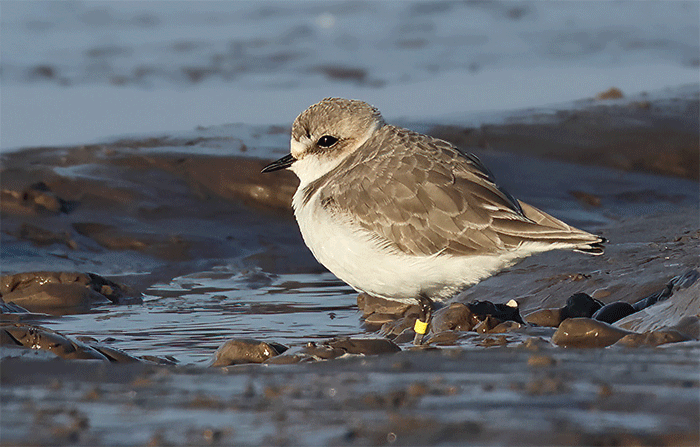
Down the road in Devon, the wintering Long-billed Dowitcher remained at Exminster Marshes RSPB on 28th; another was seen again on North Ronaldsay (Orkney) on 3rd and 5th.
We start the weekly gulls a couple of adult Bonaparte’s Gull, one in Cornwall at Porthcurnick on 2nd-6th, and the other at Wernffrwd (Glamorgan) on 2nd.
Tralee Bay Wetlands (Co.Kerry) was brimming with Ring-billed Gull on 28th, with three birds present – two adults and a first-winter – with one adult still present there until 4th; two adults were present at Blennerville on 6th. Two first-winters remained in Galway (Co.Galway) on 28th; a first-winter was seen at Nimmo’s Pier (Co.Galway) on 28th; and a bird was reported from Waterford (Co.Waterford) on 3rd. In Britain the adult remained at Hayle Estuary RSPB (Cornwall) on 2nd, and the adult at Strathclyde Loch (Clyde) still on 1st.
Numbers of white-wingers seen during the week didn’t change much on recent showings, with 10 Glaucous Gull noted, and around 30 Iceland Gull again logged across Britain and Ireland.
In Co.Kerry an adult Kumlien’s Gull was seen again at Blennerville on 2nd and 6th, and Tralee Bay Wetlands on 4th; a juvenile bird was present at Tacumshin (Co.Wexford) on 28th; the second-winter remained at Loch Oire (Moray) on 4th-5th; one was again seen at Uyeasound on Unst (Shetland) on 4th; and the adult remained at Helmsdale (Highland & Caithness) on 5th-6th.

All three of our wintering trio of Pallid Harrier were again noted this past week. The female remained in Norfolk at Warham Greens on 28th-6th; the second-winter male was still in Pembrokeshire at Dowrog Common on 28th-1st; and the juvenile was once again seen in Co.Cork at Ballyvergan Marsh on 2nd.
Adding a cherry to the Booted Eagle cake in Cornwall on 1st, a Black Kite was seen with it near Crowlas that day.
On Scilly this week the settled Pied Crow continued to lob around St Mary’s on 28th-5th, and Bryher on 6th.
An extremely early adult male Golden Oriole was reported from Durlston CP (Dorset) on 4th.
In Staffordshire the Great Grey Shrike remained in Cannock Chase on 28th-6th. What a generally miserable winter it’s been for their kind again this year.
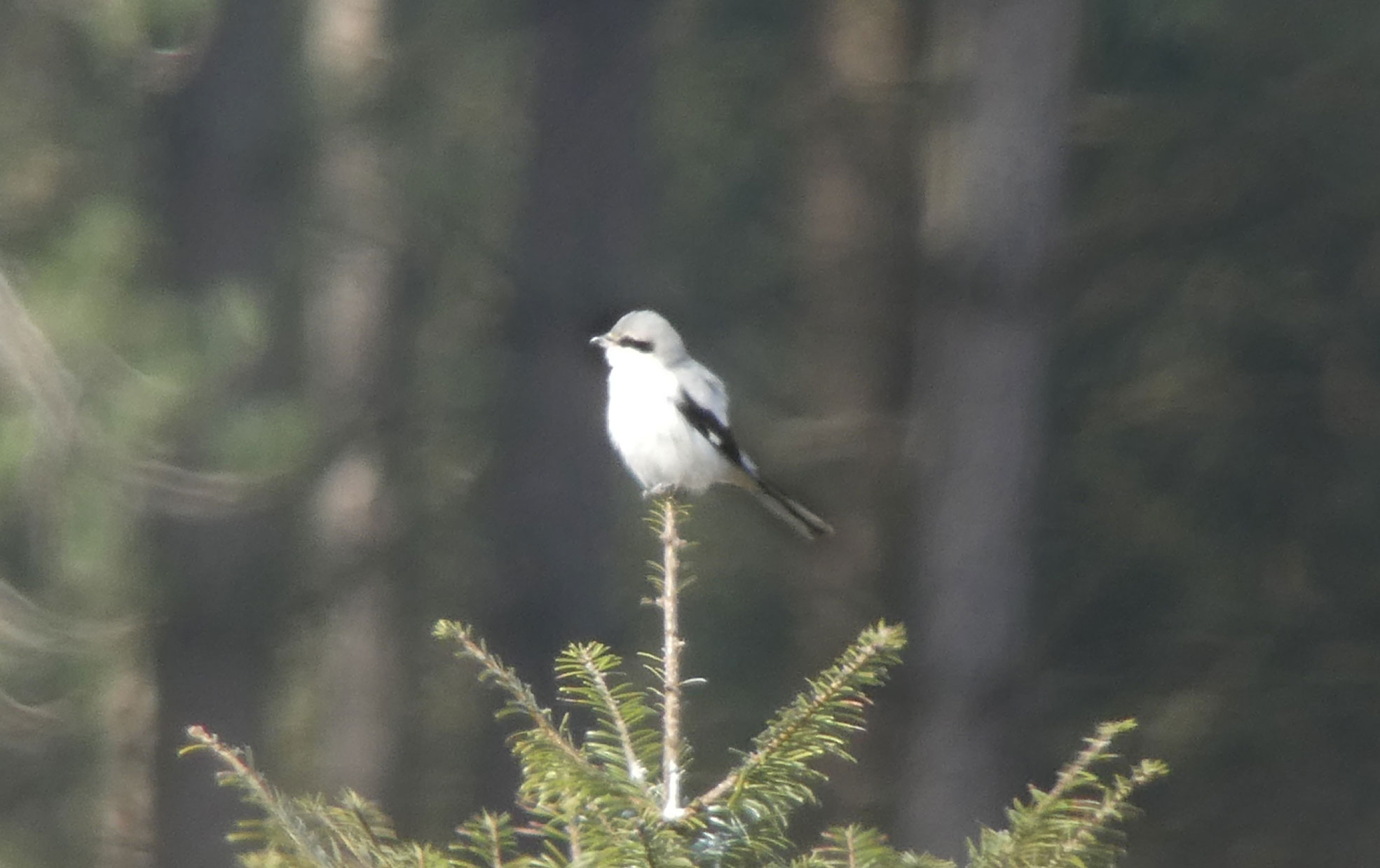
A Waxwing was seen in Aberdeen (Aberdeenshire) on 28th; another this week on 2nd at Glossop (Derbyshire); and a final bird was reported on 6th near Downham Market (Norfolk).
Cheshire & Wirral’s Penduline Tit remained at Woolston Eyes NR on 2nd.
The settled Yellow-browed Warbler remained near Perranuthnoe (Cornwall) on 2nd-5th; while another was found at the sewage works at Wells (Somerset) on 28th-6th.
Somerset also continued to be graced by a first-winter Rose-coloured Starling in Taunton on 1st-6th.
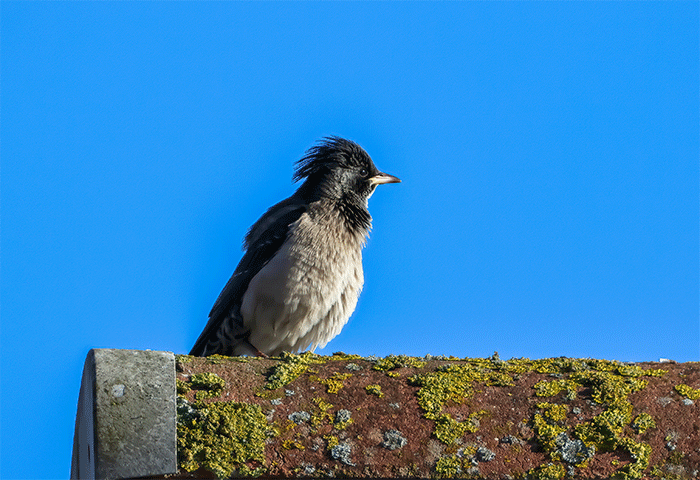
In Hampshire meanwhile the recent Black-throated Thrush was still present in his favoured private garden at Bordon on 28th-3rd.
In Buckinghamshire, the Richard’s Pipit remained outside Newport Pagnell on 28th-6th, while the Awre (Gloucestershire) individual was also still present there on 28th-6th. Another was reported from an area with no general access at Ardley Fields HWRC (Oxfordshire) on 4th.
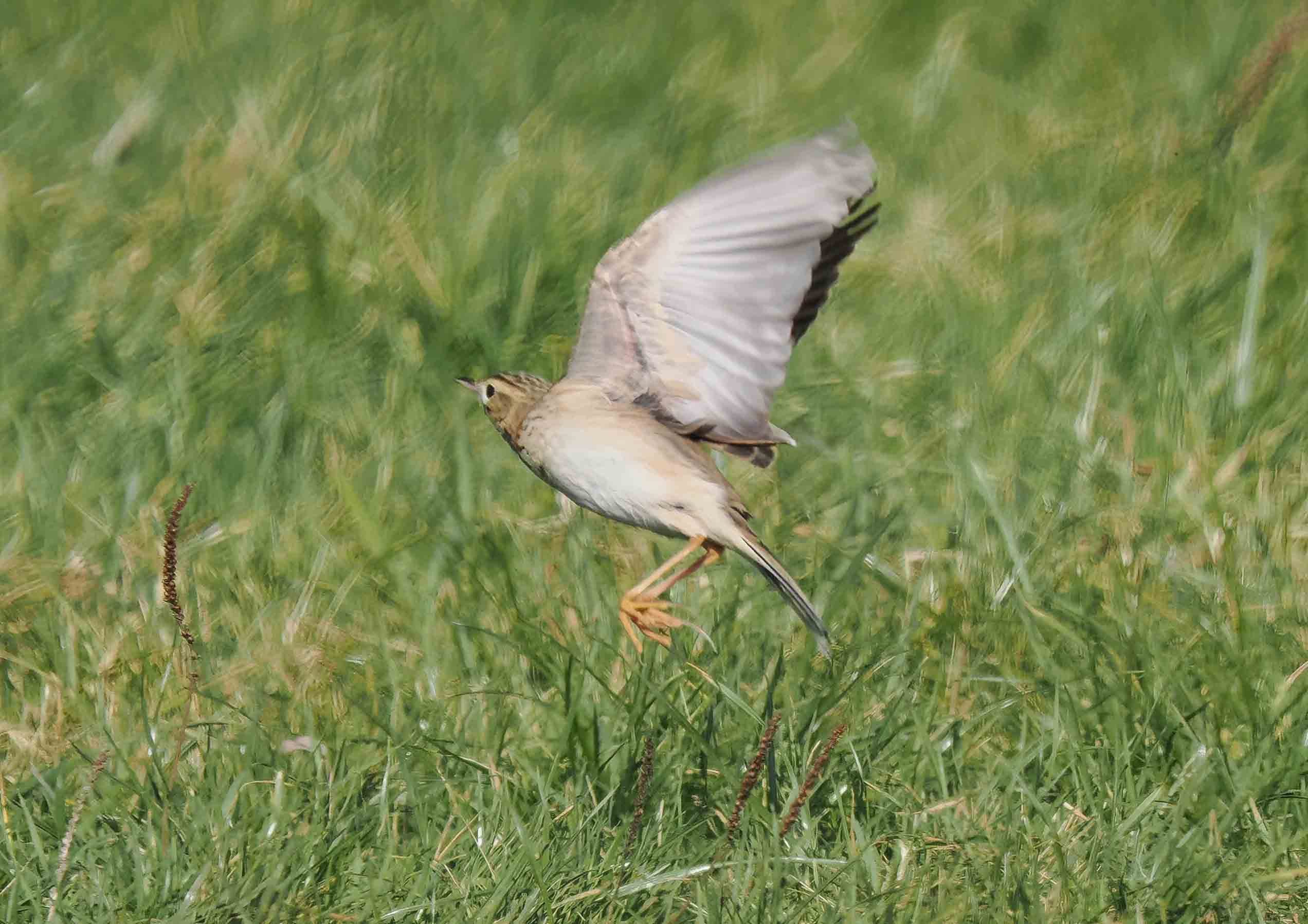
Lincolnshire’s Eastern Yellow Wagtail remained near Winteringham on 28th, and was again reported from there on 1st.
Finally, three Serin remained at Sandwich Bay (Kent) until 5th, with at least two still present there on 6th.
The overseas news starts as ever lately in the Netherlands, where the drake Spectacled Eider was still to be seen off Texel throughout the week until 6th.
In Germany the wintering Sandhill Crane remained at Gross Heseper Moor on 2nd, and the Western Orphean Warbler was still present in Eching on 3rd.
Finally, in Israel the male Pied Bushchat remained at Yokne’am on 4th.
So that’s us firmly into March now, and the rarity options historically begin to get a little more diverse at this juncture in the year. A glance at past records tells us this coming week has some significant pedigree – back in 1980, a female Evening Grosbeak was found on 10th March in Highland & Caithness at Nethybridge, a bird that obligingly went on to stay there for a fortnight until 25th.
The coming week also marks the anniversary of the discovery of Britain’s first Black-faced Bunting, a bird found at Pennington Flash (Greater Manchester) on 8th March 1994, and also a bird that would go on to oblige for more than a handful of days – this one stuck around until 24th April.
While the former species is with every passing year the stuff of sheer fantasy for British birders, Black-faced Bunting has continued to turn up here sporadically in the years that followed that first record. Last autumn was a good one for them in western Europe, with several birds found – so there’s still the lingering feeling that one might be lingering somewhere in Britain even now.
Jon Dunn
7 Mar 2025
Many thanks to all this week's contributors for your photos and videos
Share





